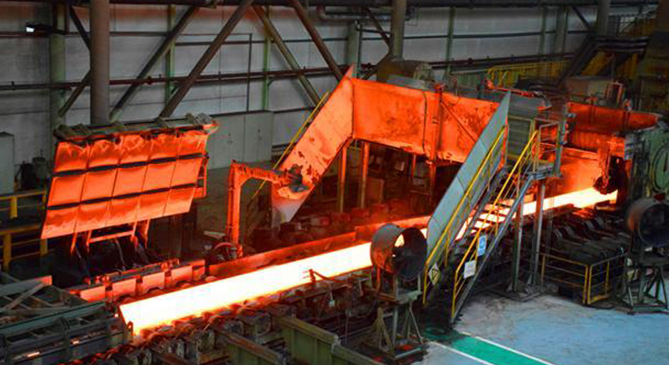First of all, we first look at the appearance and surface quality of the steel sheet. Since the
cold-rolled steel sheet is obtained after the cold-rolling process, the cold-rolled steel is also subjected to some surface finishing, so the surface quality of the cold plate (such as surface roughness) Degrees and the like) are better than hot plates. Therefore, if there is a high requirement for the coating quality of the product, such as lacquering, the cold plate is generally selected, and the hot plate is divided into a pickling plate and an unsick plate. The surface of the pickling plate is normal metal due to pickling. Color, but not cold-rolled, so the surface is still not cold plated, the unsalted plate usually has an oxide layer on the surface, hair, or there is a layer of iron tetraoxide, which is commonly known as fire roasting, and if If the storage environment is not good, it will usually be embroidered.
Then the performance of the steel plate, in general, the mechanical properties of the
hot-rolled steel plate and the cold-rolled steel plate in the project are considered to be indistinguishable, although the cold-rolled steel plate has certain work hardening during the cold rolling process (but does not exclude the mechanical If the performance requirements are strict, it needs to be treated differently. The cold plate is usually slightly higher than the yield strength of the hot plate, and the surface hardness is also higher. How to look at the degree of cold plate annealing. But no matter how the annealed cold plate strength is higher than the hot plate.
Finally, the forming properties of the steel plate, because the performance of the hot and cold plate is basically not too much, so the influencing factor of the forming performance depends on the difference in surface quality. Since the surface quality is better for the cold plate, it is usually the same. The steel plate of the material, the cold plate is better than the shape of the hot plate.
